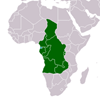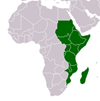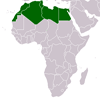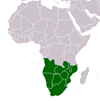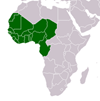System dynamics model of debt accumulation in developing countries: The case of Ghana and Pakistan
System dynamics model of debt accumulation in developing countries: The case of Ghana and Pakistan
Purpose – The purpose of this paper is to present a dynamic macroeconomic framework that identifies the fundamental structure of public debt accumulation process in developing countries and its two way linkages with economic growth and public finances. Within this framework, the objective of this study is to identify leverage points that may be utilized to slow down debt accumulation process without slowing down economic growth.|Design/methodology/approach – The paper uses the system dynamics (SD) method to model and analyze the debt accumulation process. This method allows us to analyze the relationship between structure and behaviour of complex dynamic systems. This paper considers fiscal policy as the strategic element of the debt accumulation process and hence it considers seignorage and consequent inflation to be outside the model boundary. In other words the paper assumes that there exists an effective monetary policy that satisfies the objectives of the fiscal policy.|Findings – Capping debt servicing (debt relief) increases the debtor country's capacity to invest and the higher investment will raise capacity to pay debt in the future, with some of the rewards going to the creditor. Financing public investment through borrowing produces the highest Debt-GDP ratio compared to all other polices considered. Widening of the tax base to include this informal sector without increasing the tax rate and reducing the extravagant non-debt current expenditure are effective endogenous policy options that help reduce considerably the Debt-GDP ratio. The best composite policy demonstrates that a reduction in the Debt-GDP ratio does not only require exogenous assistance (debt relief) but endogenous government and private sector responsibility to maintain fiscal discipline and generate growth.|Originality/value – The unique characteristic of this model is the transparent way in which it represents the two-way feedback relationship between the debt, public finance and economic development taking into consideration the delays and non-linearities involved in this process.
CITATION: Ansah, John Pastor. System dynamics model of debt accumulation in developing countries: The case of Ghana and Pakistan . : Emerald , 2013. African Journal of Economic and Management Studies, Vol. 4, No. 3, 2013, pp. 317 - 337 - Available at: https://library.au.int/system-dynamics-model-debt-accumulation-developing-countries-case-ghana-and-pakistan-4

